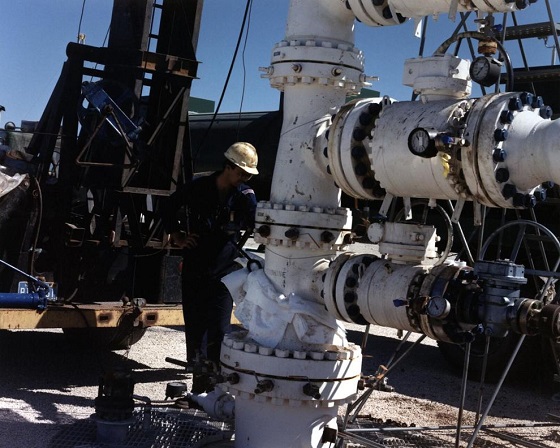What is as common as a snow storm in Red Deer in February? A healthy debate over oil change intervals at your local garage or car dealership. Knowing when and how to change the oil in your vehicle, is a right of passage for many young men and women in Alberta, however with changing climates, technology and applications for our vehicles, it has become increasingly difficult to find the answer.
Now, before we get too deep in the “snow” or details, it is important to recognize the different strategies and techniques utilized in addressing the oil change question. As my grandfather and former automobile mentor used to tell me “there is more than one way to swing a golf club”
Some (like my grandfather) believe strongly in checking their own oil. Popping the hood, grabbing a rag, and inspecting the colour, smell and amount, almost like a drill sergeant, addressing his/her soldiers.
My mother (like the majority of drivers, and many of my customers) relies significantly on the sticker installed by the oil technician, and does her best to stay within the posted distances.
I keep personal notes, watch my gauges and fuel efficiency, stay mindful of the environment and pressures exerted on the vehicle, but try to stay within recommended intervals specific to my make and model.
Is their a right or wrong method? No. Just make sure it gets done, just like swinging a golf club…
Traditionally 5,000 km or every 4 months has been used as a very basic and general rule of thumb for the average driver, in average conditions.
*Some new Diesel models have long life oil change intervals,up to 24,000 km!
As with most things in life, and under your hood, moderation and a good balance is best. Most Canadians keep their rides longer than the vehicle is covered by factory warranty. If you plan on keeping your vehicle past the warranty, having an engine oil change and inspection done at least 2x a year or every 5,000km -7,000km is a great way to ensure your ride is performing up to your expectations as well as a cheap insurance policy.
One of the likeliest sources of engine contamination in our northern climate is water. Extreme cold weather operation paired with short run times or distances on light weight engines can combine to increase the amount of condensation. Even synthetic oils are prone to contamination, so their use, while providing other benefits does not guarantee longer service intervals.
A great tip to keep costs down, and keep maintenance up, is to look for combined inspection, tire rotation and oil change special. This can be a smart strategy to help keep repair bills at bay, and allows the vehicle to receive the needed care.
Until next time, keep your rubber on the road!
B.W. Alex Gillis
Sales Associate
Southside Chrysler Dodge Jeep
403 348 3776
Related



 Business2 days ago
Business2 days ago
 2025 Federal Election1 day ago
2025 Federal Election1 day ago
 MacDonald Laurier Institute2 days ago
MacDonald Laurier Institute2 days ago
 Energy2 days ago
Energy2 days ago
 2025 Federal Election1 day ago
2025 Federal Election1 day ago
 conflict1 day ago
conflict1 day ago
 Business1 day ago
Business1 day ago
 2025 Federal Election1 day ago
2025 Federal Election1 day ago


















